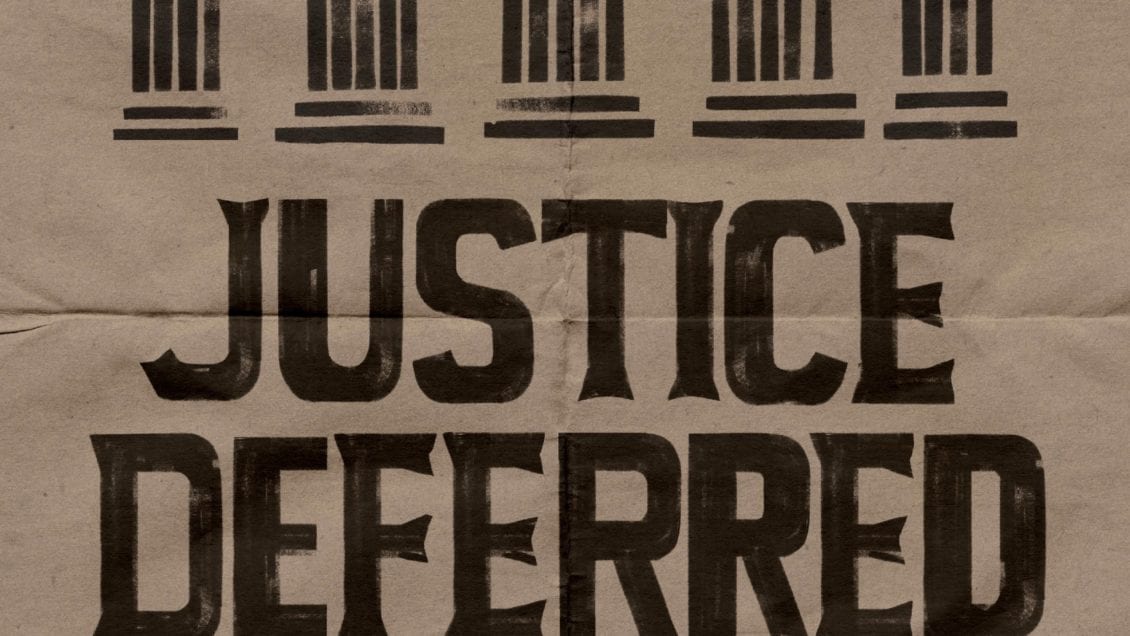In the first comprehensive accounting of the U.S. Supreme Court’s race-related jurisprudence, a distinguished historian from Clemson University and renowned civil rights lawyer scrutinize a legacy too often blighted by racial injustice.
The Supreme Court is usually seen as protector of our liberties: it ended segregation, was a guarantor of fair trials, and safeguarded free speech and the vote. But this narrative derives mostly from a short period, from the 1930s to the early 1970s. Before then, the Court spent a century largely ignoring or suppressing basic rights, while the fifty years since 1970 have witnessed a mostly accelerating retreat from racial justice.
American citizens may not be aware of this history of race and the role the Supreme Court has played in race relations. We have studied the end of the first Reconstruction in which the Supreme Court played a heavy role. And we have seen the end of the second Reconstruction, in which the Supreme Court also played a heavy role. The future is here and we see a potential pattern of undoing the gains of racial reconciliation.
Vernon burton, Judge Matthew J. Perry, Jr. Distinguished professor of history & Professor of computer science
From the Cherokee Trail of Tears to Brown v. Board of Education to the dismantling of the Voting Rights Act, historian and Clemson professor Orville Vernon Burton and civil rights lawyer Armand Derfner shine a powerful light on the Court’s race record—a legacy at times uplifting, but more often distressing and sometimes disgraceful. For nearly a century, the Court ensured that the nineteenth-century Reconstruction Amendments would not truly free and enfranchise African Americans. And the twenty-first century has seen a steady erosion of commitments to enforcing hard-won rights.
Justice Deferred is the first book that comprehensively charts the Court’s race jurisprudence. Addressing nearly two hundred cases involving America’s racial minorities, the authors probe the parties involved, the justices’ reasoning, and the impact of individual rulings. We learn of heroes such as Thurgood Marshall; villains, including Roger Taney; and enigmas like Oliver Wendell Holmes and Hugo Black. Much of the fragility of civil rights in America is due to the Supreme Court, but as this sweeping history also reminds us, the justices still have the power to make good on the country’s promise of equal rights for all.
####
Orville Vernon Burton is the prizewinning author of several books, including The Age of Lincoln. He is Judge Matthew J. Perry Jr. Distinguished Professor of History at Clemson University and Emeritus University Scholar and Professor of History at the University of Illinois.
Armand Derfner has been a civil rights lawyer for over fifty years. He has been counsel for, among others, the NAACP Legal Defense Fund (LDF) and the Mexican American Legal Defense and Educational Fund (MALDEF), and helped desegregate university systems and legislatures across the South. He argued his first Supreme Court case in 1968

Meet the Author
What inspired you to write this book?
I grew up in the country near the rural milltown of Ninety Six. Although it was segregated, I was separated from my childhood best friend, an African American, by a non-segregated cow pasture. For me, my Christian faith provided a firm belief that all people were created in God’s image and all are created equal, that they are our neighbors whom we must deal with fairly. This was a major life value, taught by my mother, Vera. I cannot speak for my co-author, Armand Derfner, but he fled France as a child during the Nazi innovation in WWII and ended up becoming one of the greatest civil rights lawyers of our time. He went to Mississippi in the ’60s, led the renewal of the Voting Rights Act in ’82 and has practiced before the Supreme Court a number of times.
Of all the cases you examined, does one stand out to you?
That is hard to say. This book is the history of justice in the United States, so the whole book is a good place to start. Many cases have much depth and major consequences. So many cases were threaded together. Maybe the Shelby County case, which gutted the VRA of 1965. A thumbnail history might go from the Chapter 4 disfranchisement cases to Chapter 9, the Warren Court’s rejection – with Congress – of voting discrimination, and Chapter 10, Shelby County, when the Court turns its back on voters. You could call these three segments “the bad, the good, and the ugly.”
What was the most challenging part about writing this?
Trying to encapsulate 400 years of history into a readable narrative. In addition, we had to meld the voices of the two authors, one a civil rights attorney and law professor and the other a historian. The combination, while sometimes difficult, gives this book the depth of both perspectives to explain this history. It was also a challenge to choose cases that readers will understand and grasp their significance.

